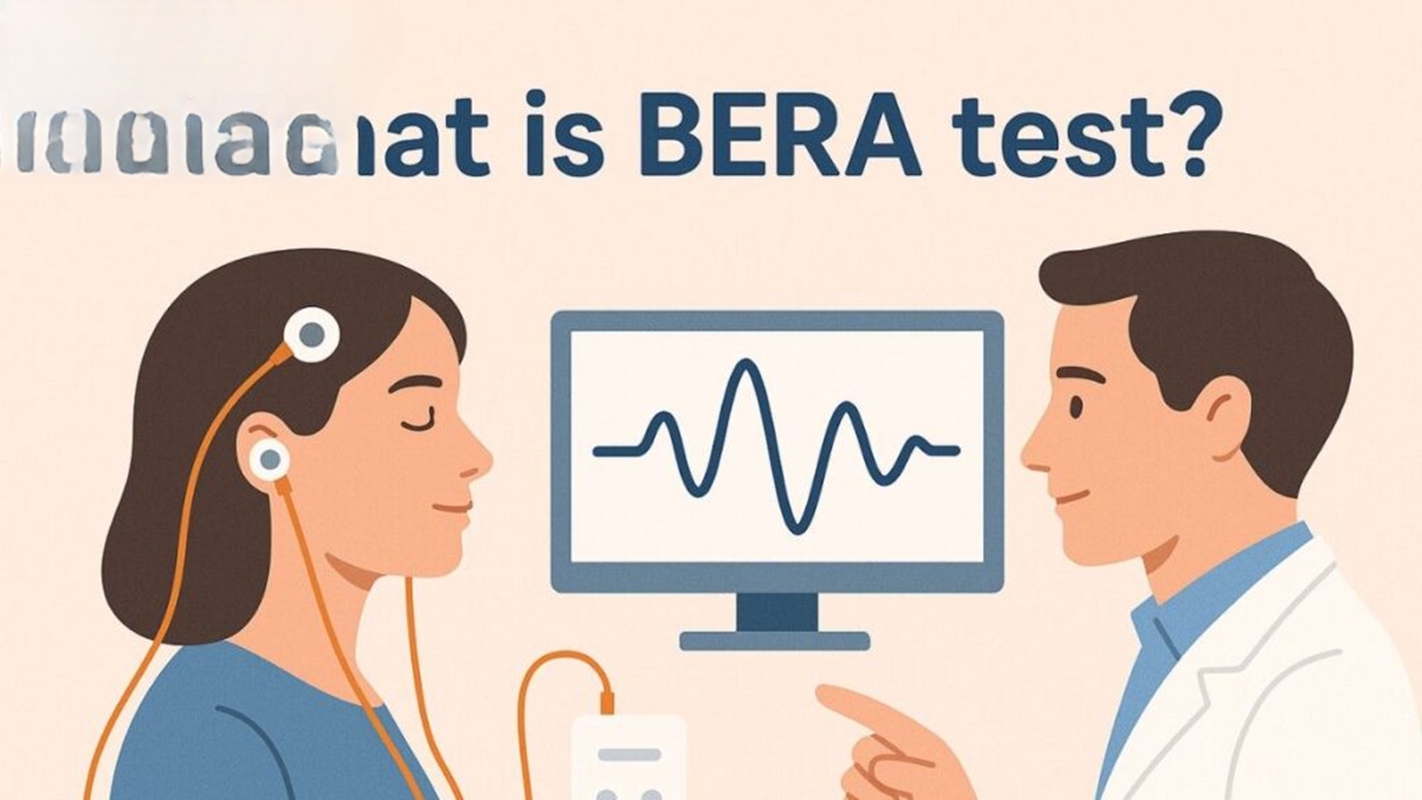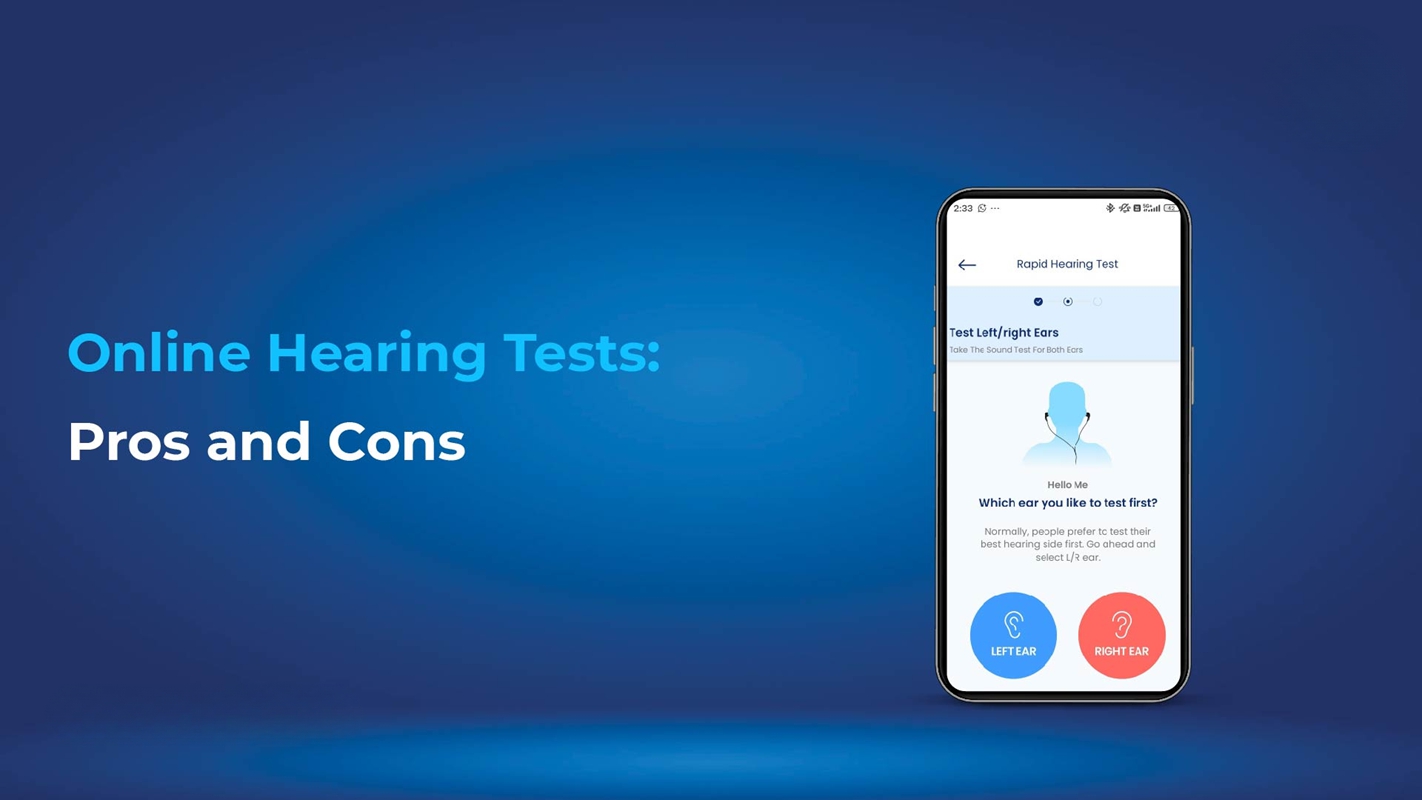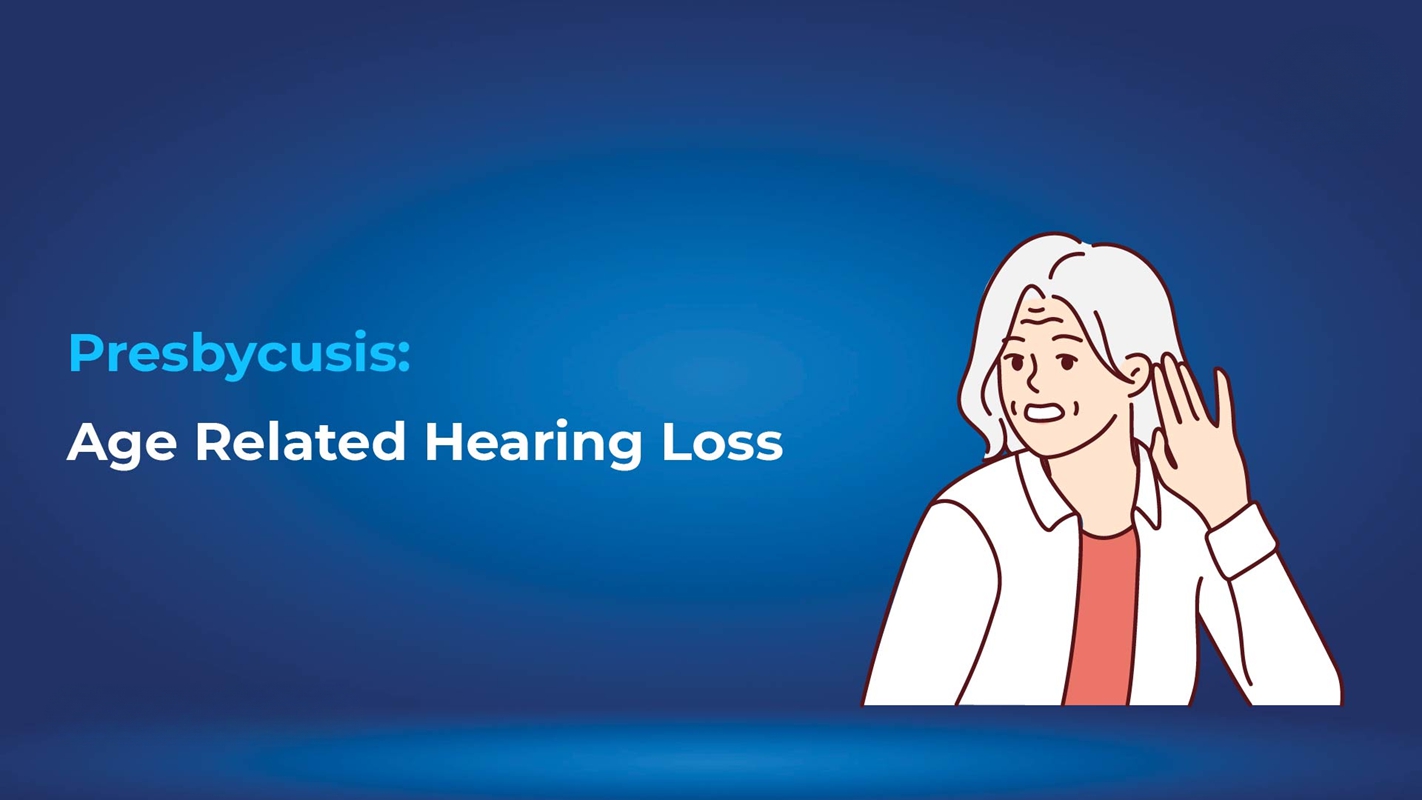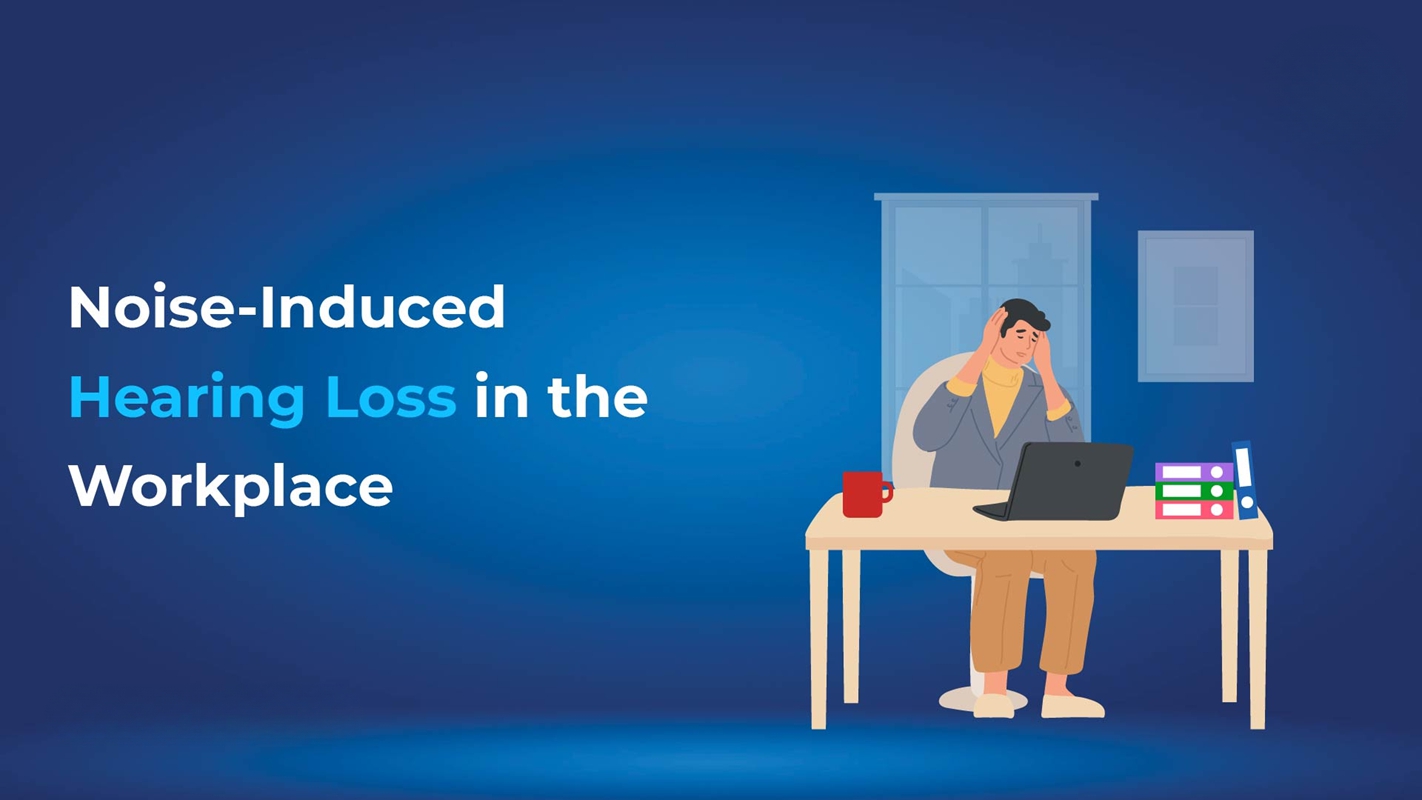If you or your child is having trouble with hearing or speech development, the BERA test might be the right choice. The Brainstem Evoked Response Audiometry (BERA) test is a safe and painless way to check how well sound travels from the ear to the brain. It’s especially useful for newborns, young children, or anyone who cannot respond to regular hearing tests.
This guide explains everything you need to know about the BERA test—what it is, how it works, who needs it, and why it’s important. Whether you’re a parent looking for answers about your baby’s hearing or an adult being referred for a hearing check, this guide will walk you through each step.
In the sections ahead, you’ll find simple details on how the BERA test is done, what it detects, and how it helps in the early diagnosis of hearing or nerve-related issues. Let’s explore how this test plays a key role in better hearing and neurological health.
What is the BERA Test?
The Brainstem Evoked Response Audiometry (BERA) test, or the Auditory Brainstem Response test, is a non-invasive, objective method for assessing auditory nerve routes from the ear to the brainstem. It measures electrical activity in the auditory nerve and brainstem in response to sound stimuli. This test is beneficial for identifying hearing impairments that are not detectable through other conventional hearing tests. By using electrodes to capture electrical responses, the BERA test provides valuable insights into the functionality of the auditory system.
Importance of the BERA Test
The BERA test is important for several reasons:-
- Early Detection: It helps detect hearing impairments in newborns and infants early, enabling timely intervention and management. Early identification of hearing issues is vital for developing speech and language skills.
- Diagnostic Tool: It aids in diagnosing auditory neuropathy, hearing loss, and other neurological disorders, making it indispensable for audiologists and neurologists in their diagnostic arsenal.
- Objective Assessment: Unlike subjective hearing tests, BERA provides objective results, making it reliable for patients who cannot communicate or cooperate during testing. This objectivity is critical in clinical settings where precise data is needed for accurate diagnosis and treatment planning.
Who Needs a BERA Test?
The BERA test is recommended for a variety of individuals across different age groups:
- Newborns and Infants: Early screening can help address potential hearing issues before they impact speech development, especially for those with a family history of hearing loss or who were born prematurely.
- Children and adults: These are children suspected of having hearing impairments or auditory processing disorders. They might include individuals who have shown signs of hearing difficulties in noisy environments or who struggle with speech and language comprehension.
- Individuals with Neurological Conditions: To assess the integrity of the auditory pathways. Patients with conditions such as multiple sclerosis or brainstem lesions may require this test to evaluate the impact of their condition on auditory function.
Also read: OAE Test to learn about another hearing test used for newborns and young children.
How is the BERA Test Done?
Before the Test
- No special preparation is needed.
- Patients should rest well before the test.
- Adults should avoid caffeine on the test day as it may affect the results.
During the Test
- Small stickers (electrodes) are placed on the head and ears.
- Sounds like clicks are played through earphones.
- The electrodes record how the brain and hearing nerve react to the sounds.
- A computer shows these reactions as wave patterns.
Test Duration
- The test usually takes between 30 minutes to 1 hour.
- Babies or young children may take longer if they need time to fall asleep.
This test is safe, simple, and doesn’t cause any pain. It helps doctors understand how well sound signals are moving from the ear to the brain.
Applications of the BERA Test
Newborn Hearing Check
The BERA test is often used to check hearing in newborns. Early testing helps find hearing problems before they affect speech and learning. With early care, babies with hearing loss can grow and learn like other children.
Finding Hearing Problems
The BERA test can detect different types of hearing loss:
- Conductive Hearing Loss: Caused by problems in the outer or middle ear (like infections or fluid).
- Sensorineural Hearing Loss: Occurs when the inner ear or hearing nerve is damaged, often caused by ageing, loud noise, or inherited conditions.
- Auditory Neuropathy: When sound doesn’t travel properly from the ear to the brain, making it hard to understand speech.
Checking Nerve and Brain Conditions
Doctors also use the BERA test to check hearing nerves in people with:
- Multiple Sclerosis (MS): To see if the disease affects hearing.
- Brainstem Tumors or Lesions: To help with early diagnosis and treatment.
- Autism: To rule out hearing issues that may affect behavior or learning.
Also read: How to Test Baby Hearing at Home to explore simple signs and methods parents can use to check their baby’s hearing between professional screenings.
Advantages of the BERA Test
The BERA test offers several advantages:
- Non-Invasive: It is a safe and non-invasive procedure. This makes it suitable for patients of all ages, including those sensitive to more invasive procedures.
- Objective Results: Provides reliable and objective data. Unlike behavioural tests that require patient responses, BERA does not rely on subjective input, ensuring consistency in results.
- Early Intervention: Facilitates early detection and intervention for hearing impairments. Early diagnosis can lead to timely management, improving the quality of life for patients.
- Broad Applicability: Suitable for patients of all ages, including newborns and individuals with special needs. Its versatility makes it a go-to test in various clinical scenarios.
Preparing for a BERA Test
For Infants
- Feeding: Ensure the infant is well-fed and comfortable. A content and sleepy baby is more likely to remain still during the test.
- Sleep: Schedule the test during the infant’s nap time for better cooperation. This increases the likelihood of the infant sleeping through the procedure, minimizing movement and potential disturbances.
For Adults
- Relaxation: Stay relaxed and avoid stress before the test. Stress and anxiety can affect the nervous system, potentially influencing test results.
- Medical History: Inform the audiologist of any medications or medical conditions affecting the test results. This information can help the audiologist interpret the results more accurately and make necessary adjustments to the test procedure.
Post-Test Care
- Normal Activities: Patients can resume routine activities immediately. No recovery period is needed as the test is non-invasive and safe.
- Results Discussion: Discuss the test results with the audiologist or neurologist to understand the implications and necessary follow-up. They will provide insights into the findings and recommend any further tests or treatments if needed.
Conclusion
The BERA test is essential for the early detection and diagnosis of hearing and neurological disorders. Its non-invasive procedure, objective results, and wide range of uses make it a valuable tool in audiology and neurology. Understanding the BERA test, its process, and its applications can help both patients and healthcare providers appreciate its importance in promoting hearing health. Early detection through BERA testing allows for timely treatment, greatly improving the quality of life for individuals with hearing issues or neurological conditions. For those seeking the best hearing test in Delhi, the BERA test is a reliable option for accurate diagnosis.
















